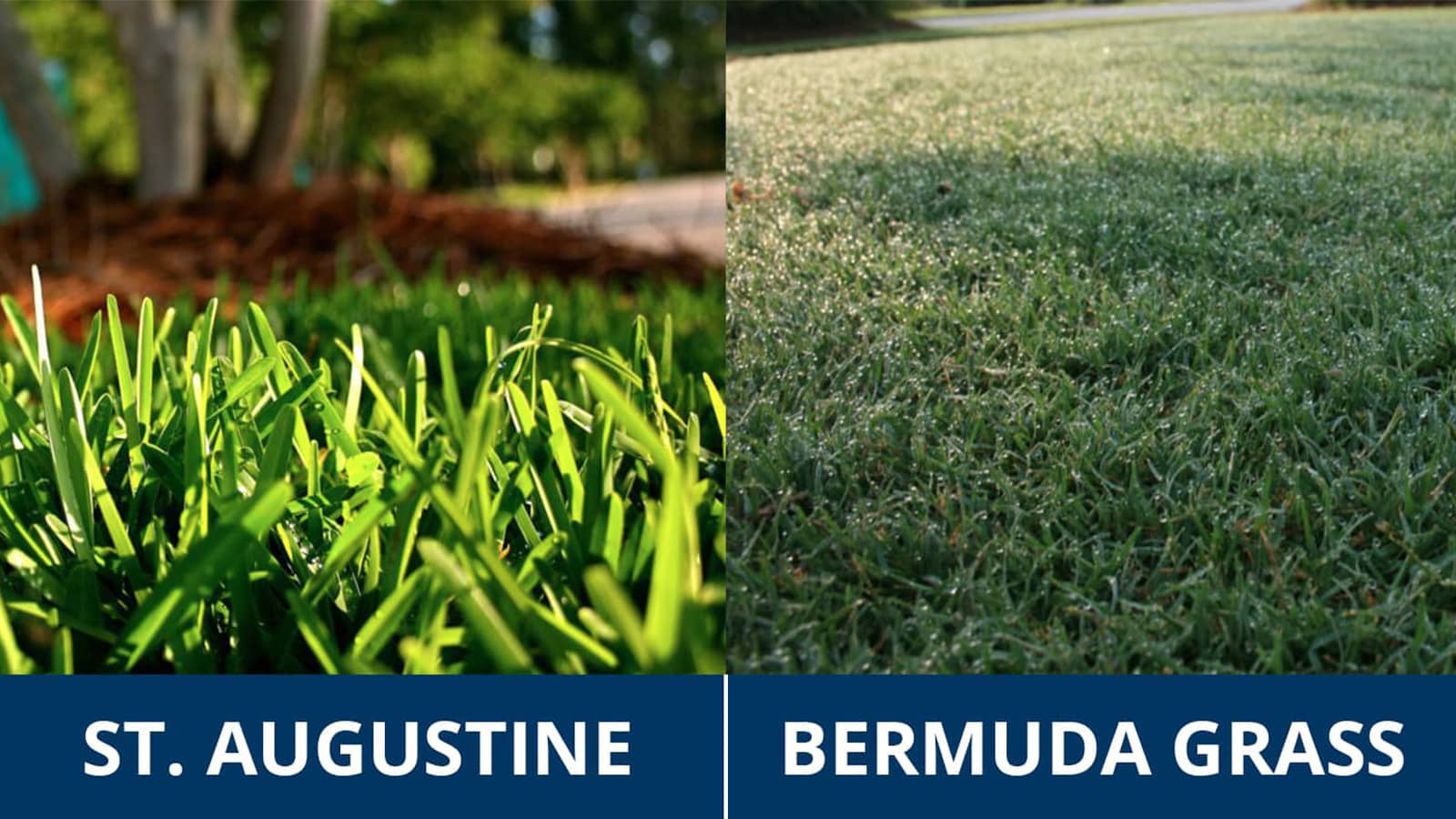Nurturing Grass: Spring Fertilization

When it comes to cultivating a lush, vibrant lawn with St. Augustine or Bermuda grass, proper fertilization plays a pivotal role. Spring is a critical season for feeding your grass and setting the stage for a healthy and beautiful lawn throughout the year. In this comprehensive guide, we'll delve into the world of spring fertilization for St. Augustine and Bermuda grass, exploring the best practices, essential tips, and the right fertilizers to achieve stunning results.
Understanding St. Augustine and Bermuda Grass
Before we dive into fertilization, let's briefly understand these two popular warm-season grass types:
St. Augustine Grass:
Known for its thick, carpet-like appearance and shade tolerance, St. Augustine grass is a favourite in southern regions. It boasts a lush green color and can thrive in a variety of soil types.
Bermuda Grass:
Bermuda grass is celebrated for its resilience and ability to withstand high traffic. It's often found on sports fields and golf courses due to its durability and fine texture.
The Importance of Spring Fertilization
Spring is a critical time for both St. Augustine and Bermuda grass because it marks the beginning of their active growth period. Fertilizing during this season provides essential nutrients, kick-starting healthy growth, and helping your lawn recover from winter dormancy.
Spring Fertilization Best Practices
1. Soil Testing: Before applying any fertilizer, conduct a soil test to determine your lawn's nutrient needs. This ensures you're providing the right elements in the right quantities. 2. Choose the Right Fertilizer: Look for a balanced, slow-release fertilizer with a nitrogen-phosphorus-potassium (N-P-K) ratio tailored to your grass type. For St. Augustine grass, a 3-1-2 or 4-1-2 ratio is suitable, while Bermuda grass benefits from a 4-1-2 or 3-1-2 ratio. 3. Timing is Everything: Apply fertilizer when your grass is actively growing but not during its peak summer stress period. Early to mid-spring is typically ideal. 4. Proper Application: Use a broadcast spreader for even distribution. Follow the manufacturer's instructions for the correct application rate. 5. Watering After Fertilization: Water your lawn thoroughly after fertilizing to help the nutrients reach the root zone. Avoid applying fertilizer to a dry lawn. 6. Mow First: Mow your lawn a few days before fertilizing to ensure better nutrient absorption and even coverage. 7. Address Weeds and Pests: Spring is also a prime time for weed and pest control. Consider incorporating these treatments into your lawn care routine as needed.
St. Augustine Grass Fertilizer : Fertilizing St. Augustine grass is a critical step in promoting its lush, dense growth and vibrant green color. St. Augustine grass thrives on a balanced fertilizer with a nitrogen-phosphorus-potassium (N-P-K) ratio of 3-1-2 or 4-1-2. These ratios ensure that your grass receives the essential nutrients it needs for healthy development. When applying fertilizer to St. Augustine grass, it's essential to do so during its active growth season, typically in early to mid-spring. This timing allows the grass to benefit from the nutrients as it emerges from winter dormancy.
Bermuda Grass Fertilizer : Bermuda grass is known for its durability and fine texture, making it a popular choice for sports fields and lawns that endure heavy traffic. For Bermuda grass, a balanced fertilizer with an N-P-K ratio of 4-1-2 or 3-1-2 is well-suited to its needs. Applying fertilizer to Bermuda grass during early to mid-spring ensures that the grass receives the nutrients required for vigorous growth and resilience. Proper fertilization contributes to the development of a robust root system and the creation of a dense, lush carpet of Bermuda grass that can withstand the challenges of its environment.
Additional Tips for St. Augustine and Bermuda Grass Care Aeration:
Periodic aeration helps improve soil compaction and allows nutrients to penetrate the root zone more effectively. Proper Mowing: Maintain the recommended mowing height for your grass type to encourage a healthier root system and minimize stress. Thatch Management: If thatch buildup is a concern, dethatch your lawn as needed to ensure proper water and nutrient absorption. Regular Maintenance: Consistent lawn care practices, including fertilization, watering, and pest control, are essential for long-term lawn health.
Conclusion
Achieving a lush and healthy lawn with St. Augustine or Bermuda grass begins with proper spring fertilization. By understanding the unique needs of your grass type, selecting the right fertilizer, and following best practices for application and maintenance, you can enjoy a vibrant, resilient lawn that enhances your outdoor living space for years to come. So, get ready to welcome spring with a well-fertilized lawn and watch it flourish throughout the season.
Choose Lawnber for Thorough Lawn Care
To maintain your yard as lush and healthy as possible, contact Lawnber for easy, quick and reliable online pricing and booking. Applications are available year-round through our programme to maintain your lawn's overall health. Our professional crews are experienced in lawn care and ready to provide you with weekly services after you sign up. We provide simple-to-use online features to help you connect with the service crews and manage your services. We also provide real-time status updates to you for peace of mind that your lawn is getting taken care of. To learn more, get in touch with Lawnber